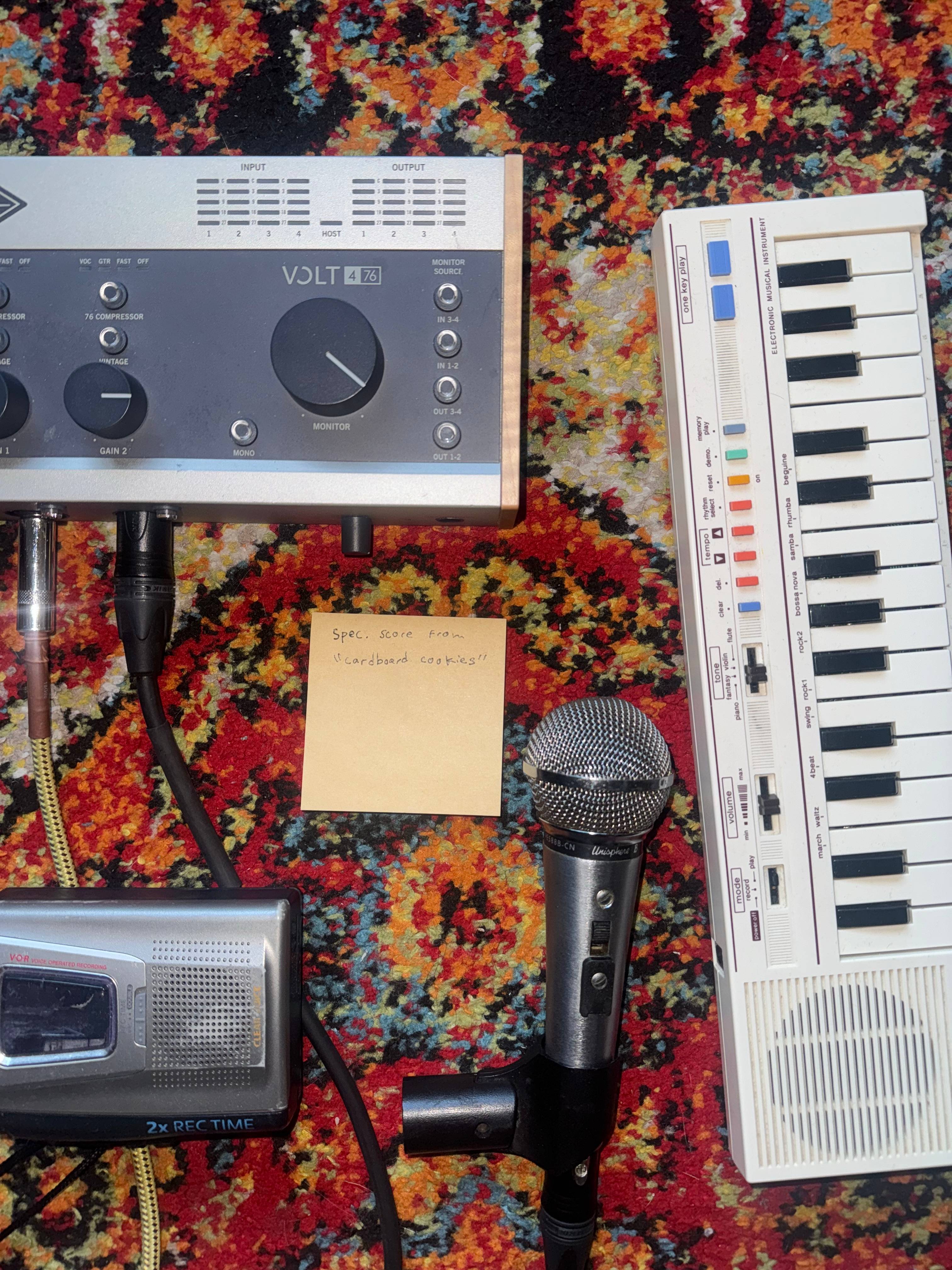Rec
▪️
contemplate the mortality of art and its creator. art continues to touch after death. don’t confuse this for immortality, just means your ideas were more crucial than you were
Related Recs
Rec
👨i think our only purpose in living is to be people, to be individuals and realize our selves into the world
and each thing we make or say or do contributes a little to building that self’s presence in the world
it’s broader than art but art is the clearest example. things are only beautiful if they are expressive of a person on the truest level
and each thing we make or say or do contributes a little to building that self’s presence in the world
it’s broader than art but art is the clearest example. things are only beautiful if they are expressive of a person on the truest level
Rec

My father is a wood, stone, reclaimed materials, and xeriscape artist and resents that he‘s subjected to the gaze of an audience if anything. I know with absolute certainty that he would feel compelled to create beautiful things even if he were the last man on earth, even if there were nothing left to build with. it’s the way he interfaces with the world! I think that’s very common among the most humble working artists who really do it for their craft and it’s why they’re able to be so prolific. Many of these artists don’t become known until after their deaths, if ever.
Jan 17, 2025
Top Recs from @gnomes
Rec

Composing a short film about childhood at the moment and I’ve been leaning heavily on this Casio PT-1 keyboard I picked up at a flea market in Barcelona. They were manufactured starting in 1985 as a simpler alternative to Casio’s LV-1, hailed to be the first commercially available synth. Anyway love this sound it’s so tactile without feeling too boxy, I’ve really enjoyed playing it through my Tascam 414 as a preamp.
Rec

Alright here’s a quick look at hand processing 16mm motion picture film. The stock I shot for this film is called Kodak 3378, it’s a high contrast black and white reversal film stock, which basically means it doesn’t develop as a negative but as the actual viewable image. The process of “hand development” is an interesting one. First 100 ft of film are loaded into a light proof tank. The chemical process I used is called E6 and it consists of a few steps that can be performed at room temperature: first developer, second developer, rinse, bleach, fixer, photoflow. Exposing the film to these chemicals four particular times results in the final image. This step is the rinse, the 3378 stock is the slightly purple film.
Hand processing creates strange patterns and aberrations, disturbances created by a process that is inherently imperfect. It allows the artist to play with the parameters of 16mm image making but maybe more importantly, its results are a direct effect of the artist’s hand on their work. This is why we shoot film in a digital world: it’s something we can physically affect as true human beings.
Hand processing creates strange patterns and aberrations, disturbances created by a process that is inherently imperfect. It allows the artist to play with the parameters of 16mm image making but maybe more importantly, its results are a direct effect of the artist’s hand on their work. This is why we shoot film in a digital world: it’s something we can physically affect as true human beings.

